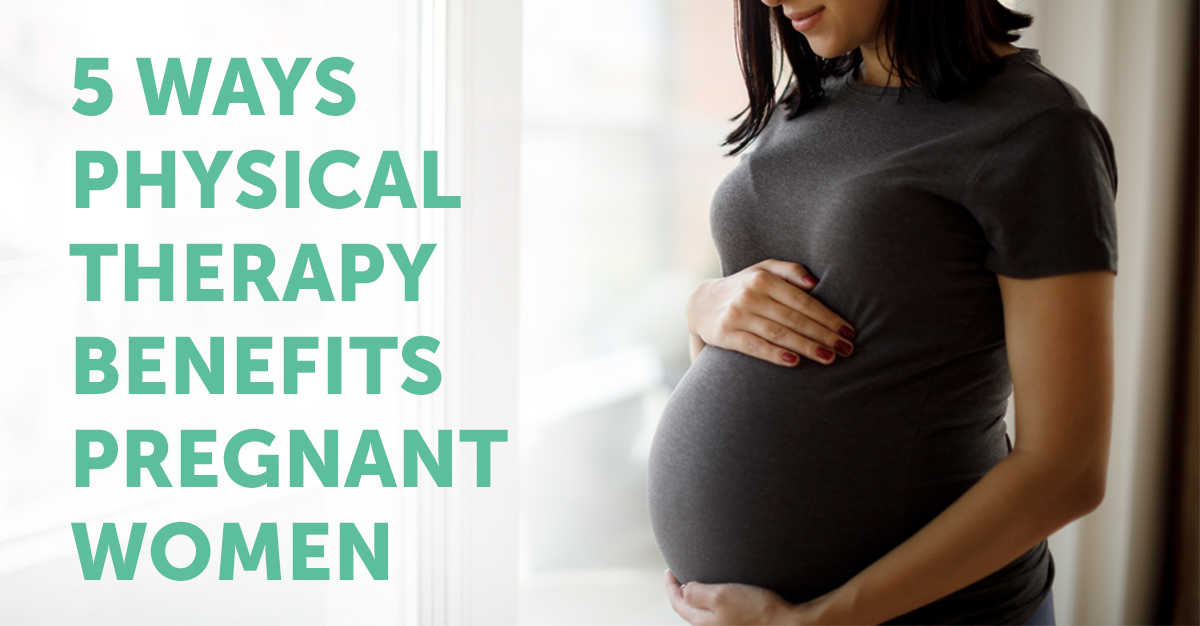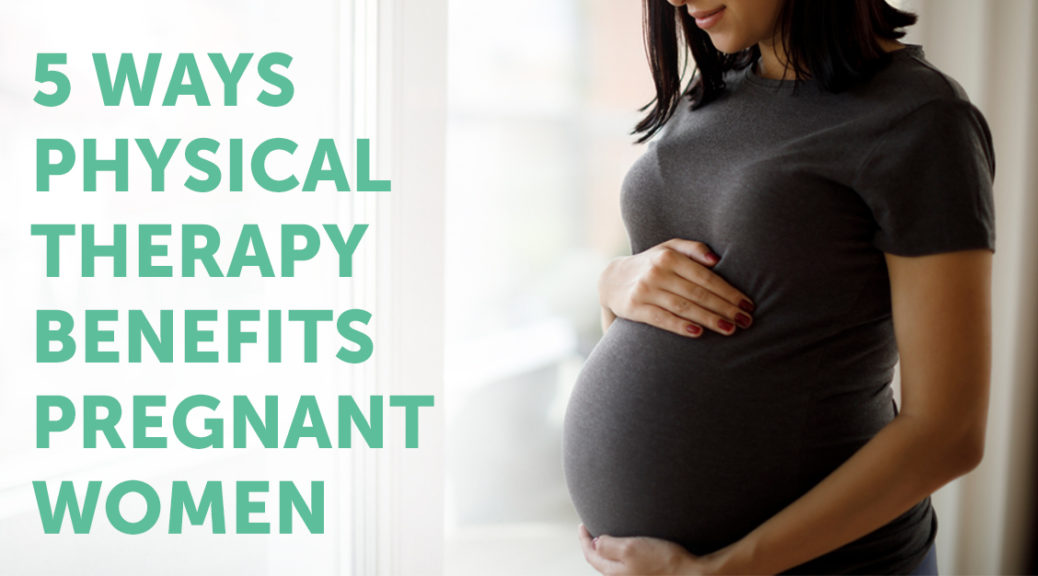
Pregnancy is a wonderful process, but as part of the process, women endure many physiological changes, including an intense physical strain that can lead to discomfort and pain in certain parts of the body.
Most people associate physical therapy with patients that have suffered severe injuries from an accident. But they are not the only ones in need of it. Proper therapy is also fantastic for helping expectant mothers prepare for labor as well as remedying common discomforts associated with this special time. Since labor and delivery can be tedious, the need to prepare the body for the challenge should not be overlooked.
If you’re pregnant, don’t wait until the pain or other issues associated with pregnancy becomes unbearable before seeking help. Here, the PTandMe team takes a look at some of the reasons to consider physical therapy during this unique part of your life.
1. Lower back pain relief
The fact that there is new life forming inside a woman forces her body to change in wonderful ways that in turn leads to bouts of discomfort and even pain. Her center of gravity changes as the baby increases in size, leaving her struggling to maintain balance, especially while standing. The muscles of a woman’s bodywork to continuously provide support.
The alignment of a pregnant woman’s spine is eventually affected too, straining the back, shoulder, and neck muscles. If these changes go unchecked, many pregnant women develop lower back and/or SI pain. A recent study has shown that pregnant women with lower back or SI pain felt better with physical therapy. Physical therapy during the prenatal period helps manage these new aches and pains, thereby improving the quality of life.
2. The right choice of exercises
During pregnancy, women struggle with joint and spinal alignment, posture, muscle strength, weight gain, and nerve involvement. This could eventually lead to stress and fatigue, with a reduced willingness to participate in physical activity.
However, a physical therapist can recommend targeted exercises that increase muscle strength, easing the discomfort during pregnancy and after delivery.
Better still, the majority of these exercises are ones that can be performed at home without having to visit a gym. With improved metabolism and endurance, women are in better shape to drop some pounds after pregnancy – if that’s something they would like to do.
3. Ease other pregnancy complications
There are hormones released in the body during pregnancy that helps pregnant women adapt to their new reality. As these changes continue, women tend to struggle with other issues like nausea, heartburn, abdominal pain, and urinary problems, as well as musculoskeletal problems. Urinary issues typically involve difficulty in controlling the bladder due to the stretched pelvic floor muscles.
The right sleeping posture and a quality mattress can help with easing pregnancy pains and woes. Many experts advise placing a pillow between your legs and behind your back or investing in a wedge pillow. Similarly, if you are struggling to get precious zzz’s in bed, try sleeping in a recliner in a semi-upright position. This will take the weight off your feet and spine, relieve pressure and pains, and help with back pain. With physical therapy, women learn pelvic floor exercises, strengthening the muscles, and alleviating many common pregnancy issues, including incontinence.
4. Smoother labor and delivery
Unless advised otherwise by a physician, physical activity can improve strength and flexibility during pregnancy and childbirth. A perineal massage may also be recommended by your health care provider as it improves stretching during labor and reduces the chances of tears within that region while giving birth.
Electromyography (EMG) can also be used by the physical therapist to detect a suitable position that will be more comfortable for a more natural delivery. With proper testing, the biofeedback can provide enough information to guarantee a smooth process without complications.
5. A quicker recovery post-pregnancy
Like athletes and victims of accidents with severe injuries, women also need physical therapy to recover faster after childbirth.
Whether there was an episiotomy or not, all women would like to resume normal activities as soon as they can post-childbirth, without difficulties. With the right treatment and program, women can ease that pain much faster postpartum. Through strengthening those weakened muscles with selected exercises, you can enjoy a healthier and happier life.
Consider booking an online physical therapy appointment
Although we strongly recommend consulting a physical therapist, COVID-19 has made it difficult for them to offer regular assessment and treatment services in person. Fortunately, we work with some fantastic physical and occupational therapists who provide a range of assessments and recovery programs to help you get back to your routine fitness after injury.
To find out more about how physical therapy benefits pregnant women, contact a physical therapist near you.

